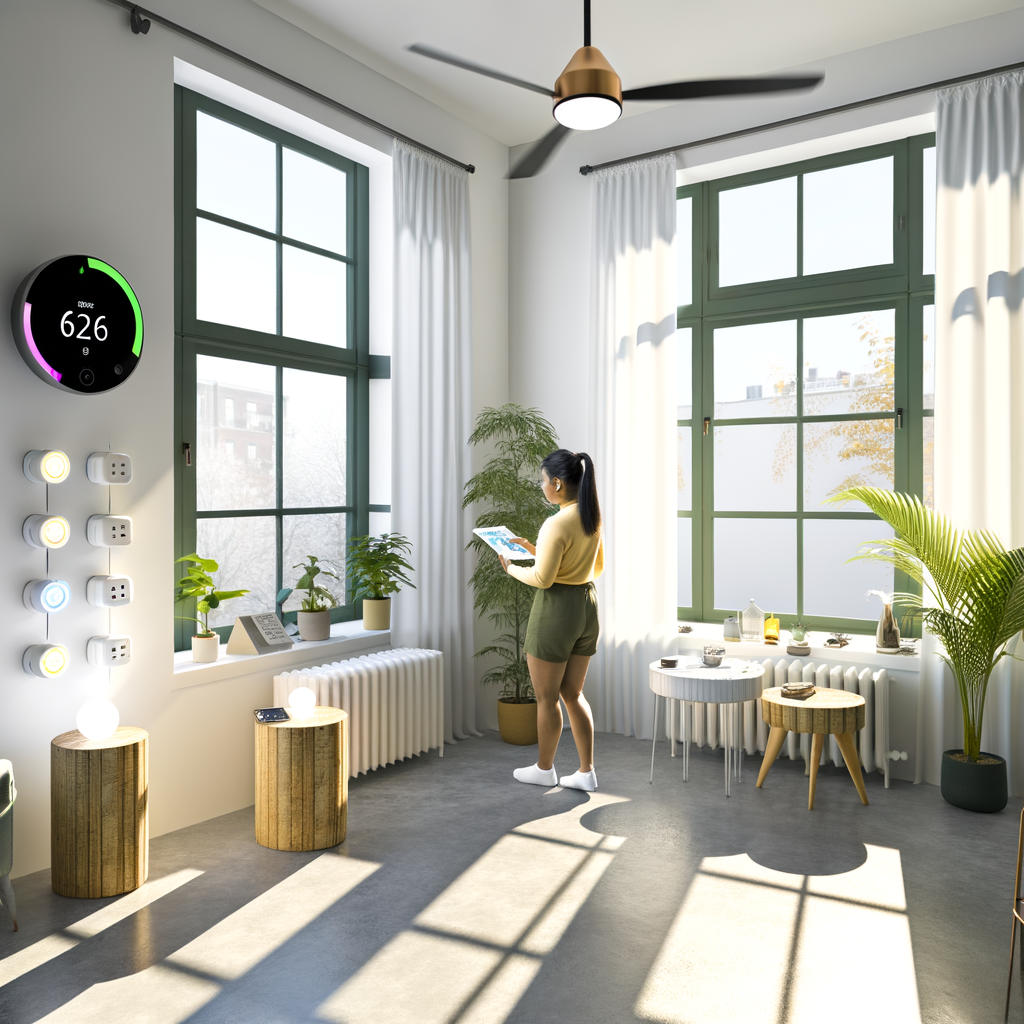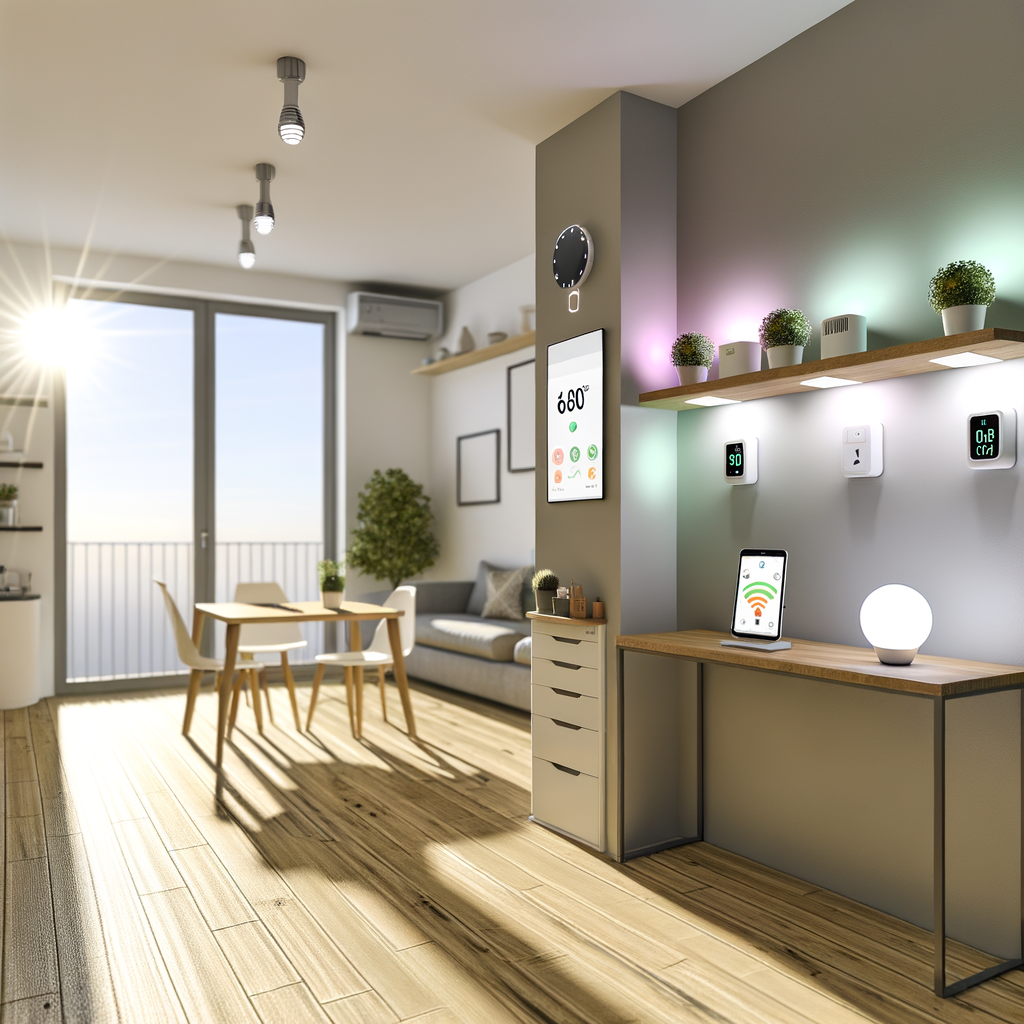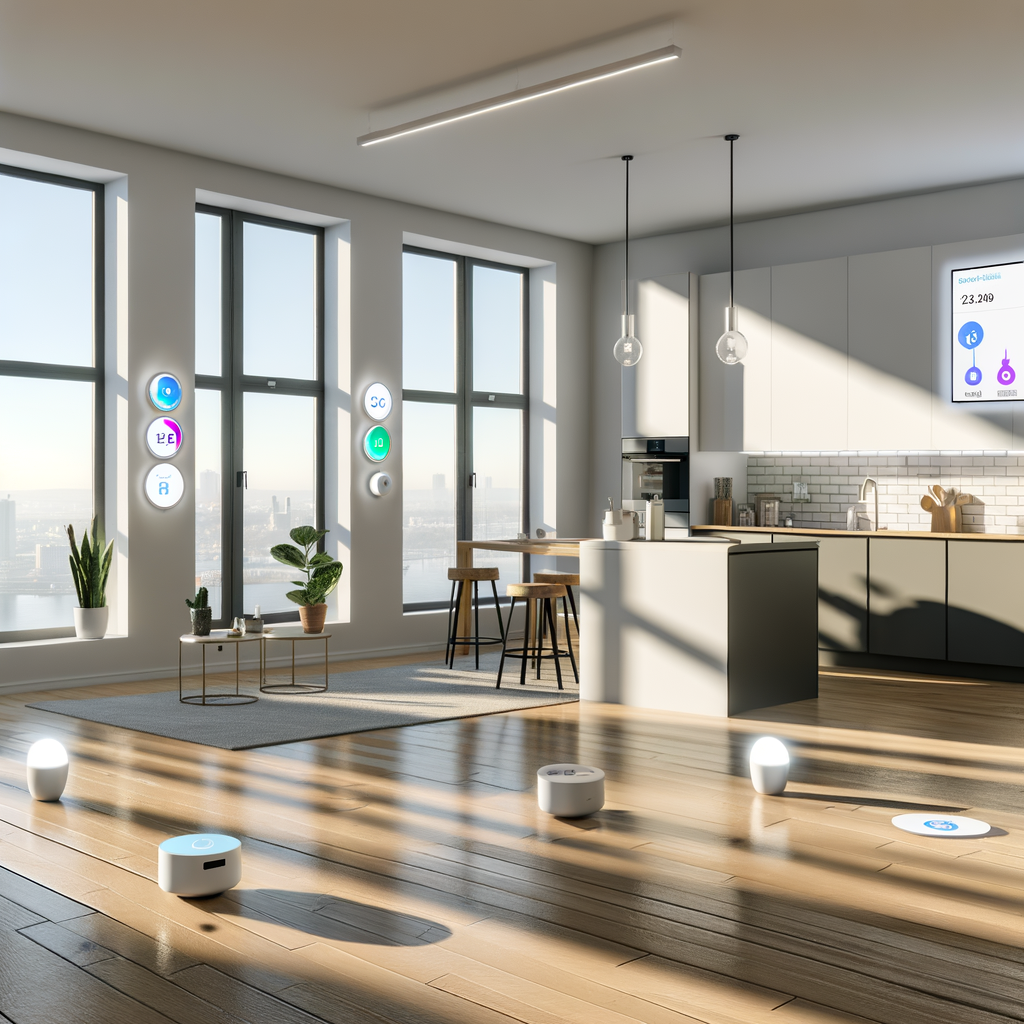How to Build a Greener Smart Apartment: 7 Energy-Saving Tech Tips for Renters on a Budget
Dreaming of a smart, eco-friendly apartment that doesn’t break the bank? You’re not alone. While many renters think “green living” and “smart home tech” are out of reach unless you own your space, there are tons of affordable, energy-saving tech hacks perfect for apartment dwellers. Let’s dive into seven practical, budget-friendly ways to slash your electricity use, save money, and lighten your carbon footprint—no landlord approval required.
Why Go Green with Smart Tech?
Combining green living principles with modern smart home gadgets is an excellent way for renters to:
- Reduce energy bills by minimizing unnecessary electricity use.
- Cut carbon emissions that contribute to climate change.
- Experience greater comfort and convenience at home.
- Increase appliance lifespan through smarter usage and automation.
Unlike traditional home upgrades, these smart tech solutions are usually portable, easy to install, and landlord-friendly. Let’s get started!
1. Swap in Smart LED Bulbs
Why Smart LEDs Are a Game Changer
Lighting is one of the easiest energy drains to tackle in a rental. Replacing standard bulbs with smart LED bulbs brings instant savings and automation.
- Energy efficient: Use up to 80% less energy than incandescents.
- Long lifespan: Last for years, saving money on replacements.
- Full control: Adjust brightness, schedule timers, or set scenes via your phone or voice assistants (Amazon Alexa, Google Assistant, etc.).
How to Switch
- Choose screw-in “plug-and-play” smart LEDs that require no wiring and are easy to swap back when moving out.
- Use the companion app to set up schedules, motion triggers, or one-touch scenes that save energy.
- Take your bulbs with you to your next apartment!
2. Install Smart Plugs and Power Strips
Plug and Play for Hidden Savings
Did you know appliances and chargers consume power even when they’re off? These are known as “energy vampires.”
- Smart plugs let you turn off devices remotely, schedule power cycles, or automate them based on routines.
- Smart power strips let you control multiple devices at once—ideal for TV and office setups.
How to Use Smart Plugs Effectively
- Plug in electronics you tend to leave on standby, such as TVs, game consoles, and small kitchen appliances.
- Program plugs to turn these devices off during the night or working hours when you don’t need them.
- Use energy monitoring features (on select models) to see which devices are consuming the most electricity.
3. Add a Portable Smart Thermostat
Renter-Friendly Climate Control
Heating and cooling account for the largest chunk of home energy. Traditional smart thermostats usually require hardwiring, but there are increasingly smart plug-in alternatives for renters.
- Portable smart thermostats work with space heaters, window AC units, or portable fans. No rewiring necessary.
- WiFi-enabled AC controllers can retrofit many remote-controlled air conditioners for full app and voice control.
Energy-Saving Tips with Smart Thermostats
- Set schedules to heat or cool only when you’re home.
- Adjust temperature remotely to avoid waste when plans change.
- Try eco or away modes that maximize efficiency automatically.
4. Use Smart Window Coverings and Sensors
Regulate Sunlight to Save Energy
Uncontrolled sunlight leads to overheating in summer and heat loss in winter. Smart solutions make it easier to manage natural light for better energy efficiency.
- Smart curtain controllers or automatic blinds open or close based on schedules or sunlight sensors.
- Install window sensors to trigger HVAC, lights, or fans as needed (e.g., turn off AC if a window is open).
Affordable Alternatives
- If smart blinds are out of budget, install blackout curtains and use a simple plug-in timer or Alexa routine to remind you to open/close them at optimal times.
- Add stick-on window insulation film for extra thermal performance in winter.
5. Switch to a Water-Saving Smart Showerhead
Conserve Water, Save Energy
Heating water for showers is a major energy cost. Smart showerheads help cut use—and track your impact.
- LED showerheads display temperature and usage time to help limit long, hot showers.
- Some models connect to apps so you can monitor water use and set conservation goals.
- Easy to install: they just screw onto your shower arm, and you can unscrew them when moving out.
Extra Tip
If you can’t replace fixtures, consider an inexpensive shower timer or sand timer to visually limit your shower length.
6. Monitor Energy Use with Smart Meters and Apps
Knowledge is (Energy-Saving) Power
Understanding your apartment’s energy habits is key to finding new ways to save. Many utilities offer free online usage reports, but you can get more granular with smart sensors and apps.
- Smart power monitoring plugs: Show real-time and historical electricity use for appliances and devices.
- Whole-home energy monitors: Clamp onto your breaker box (some models are renter-friendly and easy to uninstall).
- App suggestions: Try JouleBug, Sense, or utility-specific apps for custom tracking and tips.
How to Leverage Data
- Identify your biggest energy hogs and set reminders to unplug or schedule off times.
- Benchmark your bills and challenge yourself to lower them month by month.
- Share your progress with roommates or friends as an accountability game!
7. Automate It All with Voice Assistants and Routines
Make Efficiency Effortless
Smart homes save the most energy when devices work together. Thanks to voice assistants and easy automation, renters can set up simple routines—no technical know-how needed.
- Use Amazon Alexa, Google Assistant, or Apple HomeKit to create custom routines (e.g., “Goodbye” turns off lights, plugs, and adjusts temperature).
- Link smart devices via their apps or unified platforms like SmartThings for chain reactions (e.g., motion sensors trigger lights and fans).
- Set schedules based on your daily habits to automatically reduce your apartment’s energy load when you’re not home or asleep.
Many smart home devices now feature built-in routines or learning capabilities that adjust to your habits with little effort. The result: maximum comfort, minimum energy waste!
Bonus: Low-Tech Green Hacks for Renters
Not quite ready to invest in gadgets? Here are some time-tested, budget-friendly strategies to pair with your smart tech upgrades:
- Seal drafty windows and doors with removable putty or weatherstripping.
- Switch to cold water washing for laundry (saves both electricity & money).
- Unplug chargers and small appliances when not in use.
- Use a power strip for entertainment setups—just flip one switch when you leave or go to bed.
- Opt for fan-circulated air instead of over-relying on air conditioners.
How to Get Landlord Buy-In for Green Smart Upgrades
Most smart home gadgets on this list are “plug-and-play” and can be taken with you when you move. If you’re considering something more permanent (




